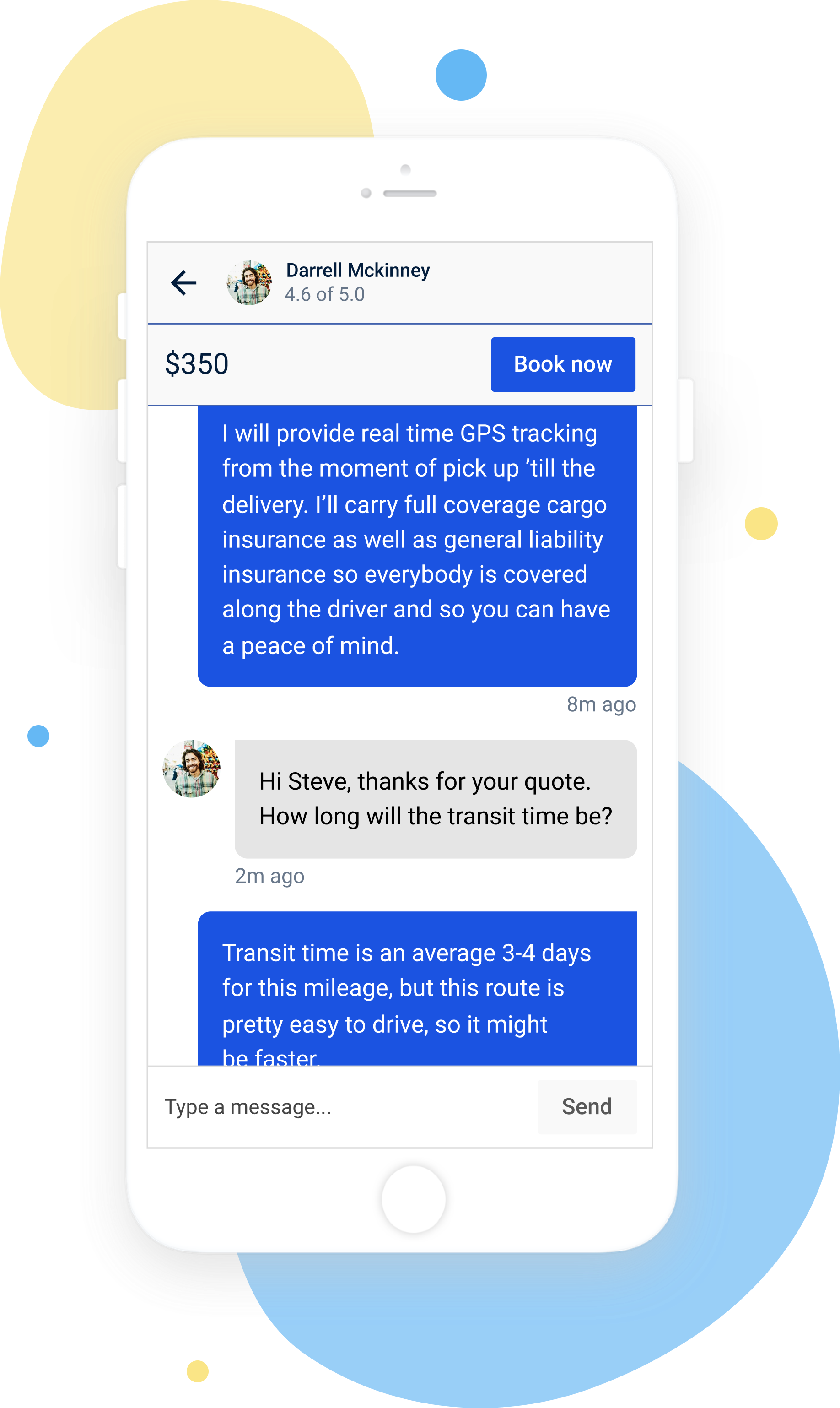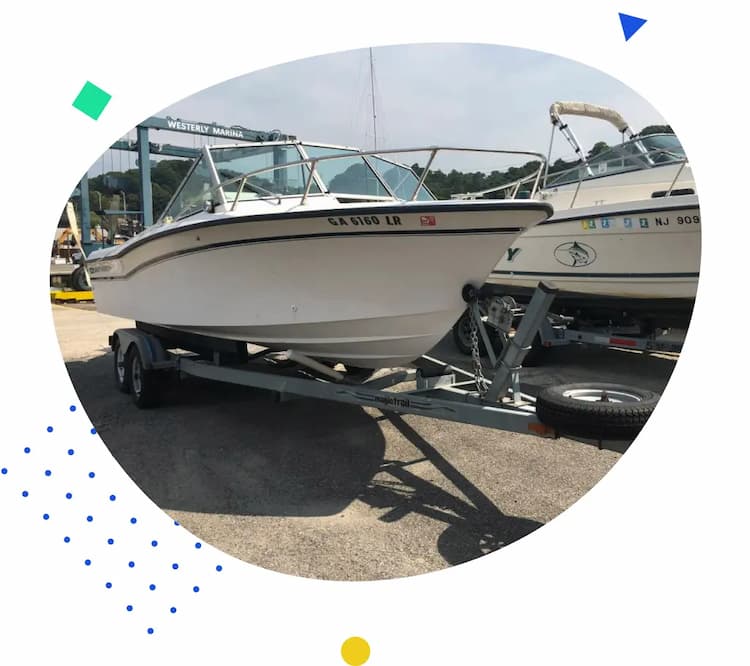Comparing Different Transportation Methods for Boat Shipping

There are various types of transportation methods available. Before you embark on shipping your beloved vessel, it's important to consider the different options and evaluate them based on cost, convenience, safety measures, and the specific requirements of your boat.
Flatbed Trailers
One popular method for inland boat transportation is using flatbed trailers. These trailers are designed to carry boats securely over land. They provide a stable platform and can accommodate boats of different sizes and shapes. Flatbed trailers offer flexibility in terms of routes and can be a cost-effective option for shorter distances.
Multiboat Trailers
If you have multiple boats that need to be transported together, multiboat trailers can be a convenient choice. These trailers are specifically designed to carry more than one boat at a time. They come in various configurations and can accommodate different sizes and types of boats. Using a multiboat trailer can save time and money when transporting multiple vessels.
Open Transport
One of the various types of boat shipping methods is open transport. In this method, boats are hauled on specialized trailers that are exposed to the elements during transportation. While this may raise concerns about potential damage due to weather conditions or road debris, open transport is generally more cost-effective compared to other options. It is a popular choice for domestic boat shipping and offers a practical solution for those looking for an affordable way to transport their vessels.
Enclosed Transport
For boat owners who prioritize maximum protection during shipment, enclosed transport is the ideal option. This method involves using specialized trailers that provide a secure and weatherproof environment for boats. By shielding the vessels from adverse weather conditions and road debris, enclosed transport ensures greater security throughout the journey. However, it's important to note that this added level of protection comes at a higher cost compared to open transport.
Roll-on/Roll-off (RoRo) Shipping
Roll-on/roll-off (RoRo) shipping is a suitable method for larger boats that cannot be easily transported by other means. With RoRo shipping, boats are driven onto a vessel specifically designed for this purpose. This efficient process allows for easy loading and unloading without the need for cranes or lifting equipment. RoRo shipping offers convenience and simplicity while ensuring safe delivery of larger boats.
Containerized Shipping
Containerized shipping provides an additional layer of protection by placing smaller boats inside dedicated containers. This method minimizes exposure to external elements during transit, safeguarding the vessels from potential damage caused by rough weather or road conditions. Using containers also allows for easier handling and storage at ports or terminals before final delivery.
When considering boat transport options, it's essential to assess your specific needs and budgetary constraints. Open transport provides a cost-effective solution suitable for many domestic shipments, while enclosed transport offers enhanced security but at a higher price point. For larger boats, RoRo shipping simplifies the loading and unloading process. Meanwhile, containerized shipping ensures added protection for smaller vessels.
Shipping by Water
For those who prefer water transportation or need to ship their boats overseas or across large bodies of water, shipping by water is a likely method to consider. Shipping your boat by water may take longer compared to other methods depending on the distance involved. However, it offers the advantage of avoiding traffic congestion on roads and highways. When shipping by water, you will need to contact a boat transport company that specializes in sea delivery. They will guide you through the process and handle all the necessary arrangements including loading, securing, and unloading your boat at its destination port.
Safety Measures
Regardless of which method you choose for transporting your boat, safety should always be a top priority.
- Ensure that any trailer used has proper tie-downs or straps to secure the boat during transit.
- If shipping by water, make sure to choose a reputable boat transport company with experience in handling boats and adhering to safety protocols.
- Consider purchasing insurance coverage for your boat during transportation to protect against any unforeseen incidents.
Specific Requirements of Your Boat
Every boat has its own unique characteristics and requirements. When choosing a transportation method, consider the specific needs of your vessel.
- If your boat is particularly large or has special dimensions, ensure that the chosen method can accommodate it without any issues.
- For delicate or valuable boats, opt for a transportation method that provides extra care and protection during transit.
- If you are transporting a fishing boat, consider whether the chosen method allows for easy loading and unloading of fishing equipment.
By carefully evaluating each transportation method based on cost, convenience, safety measures, and the specific requirements of your boat, you can make an informed decision. Remember to prioritize safety and choose a reputable transport provider to ensure a smooth journey for your boat from one destination to another.









